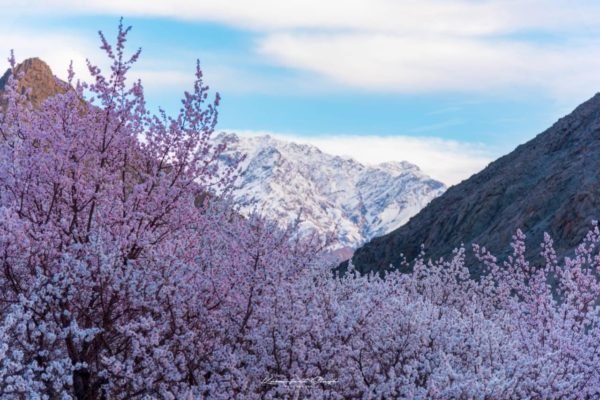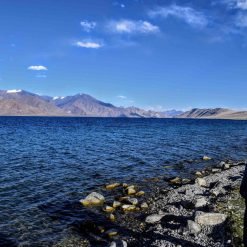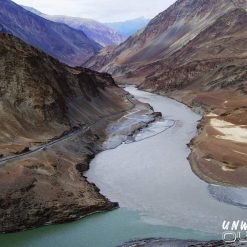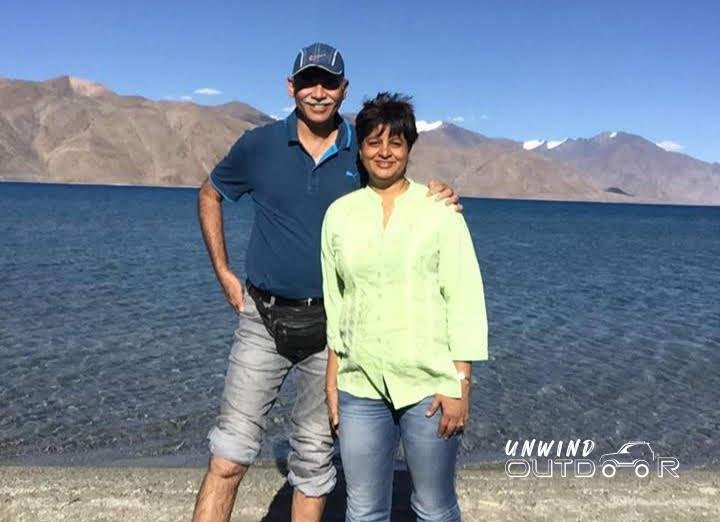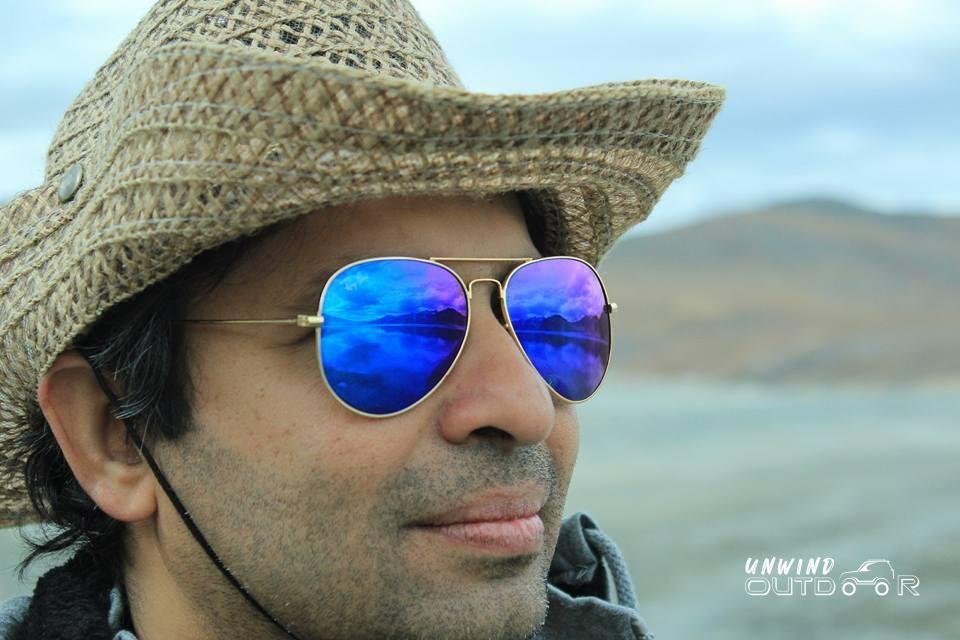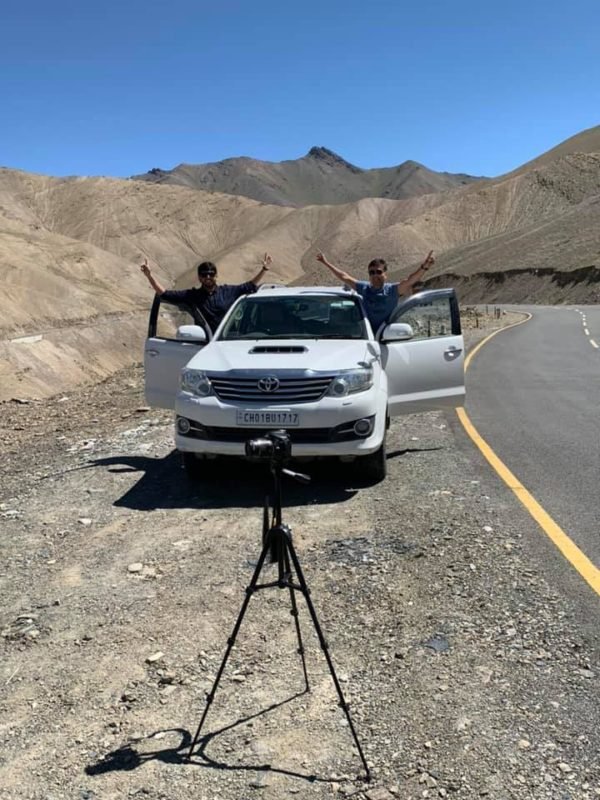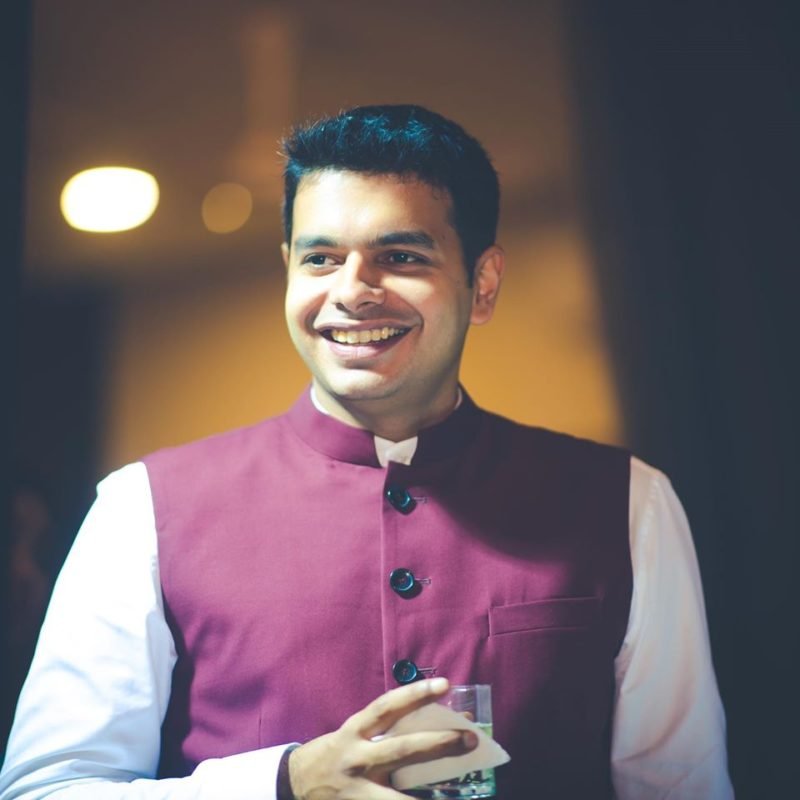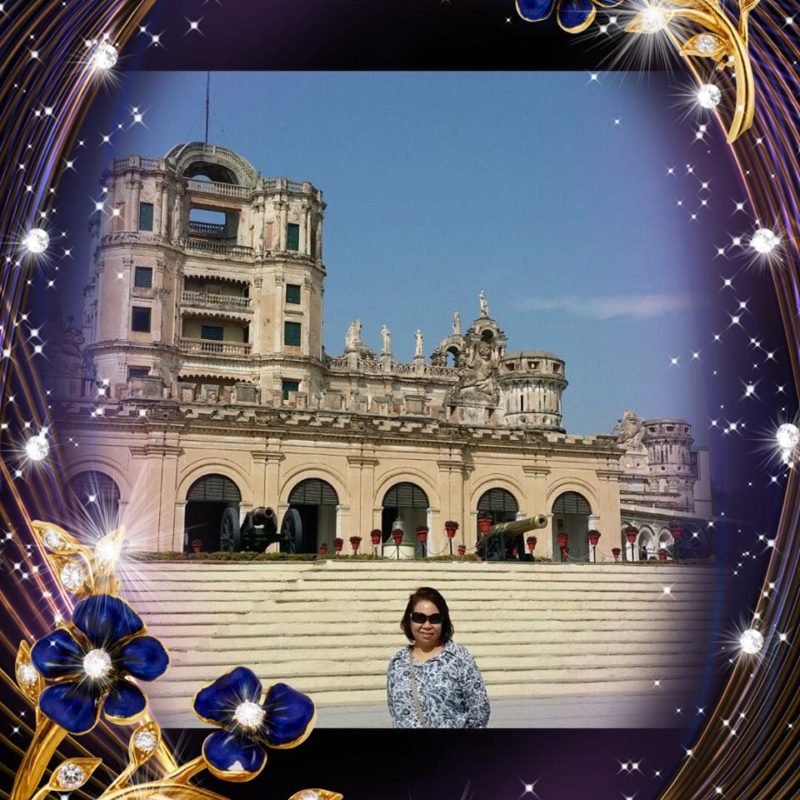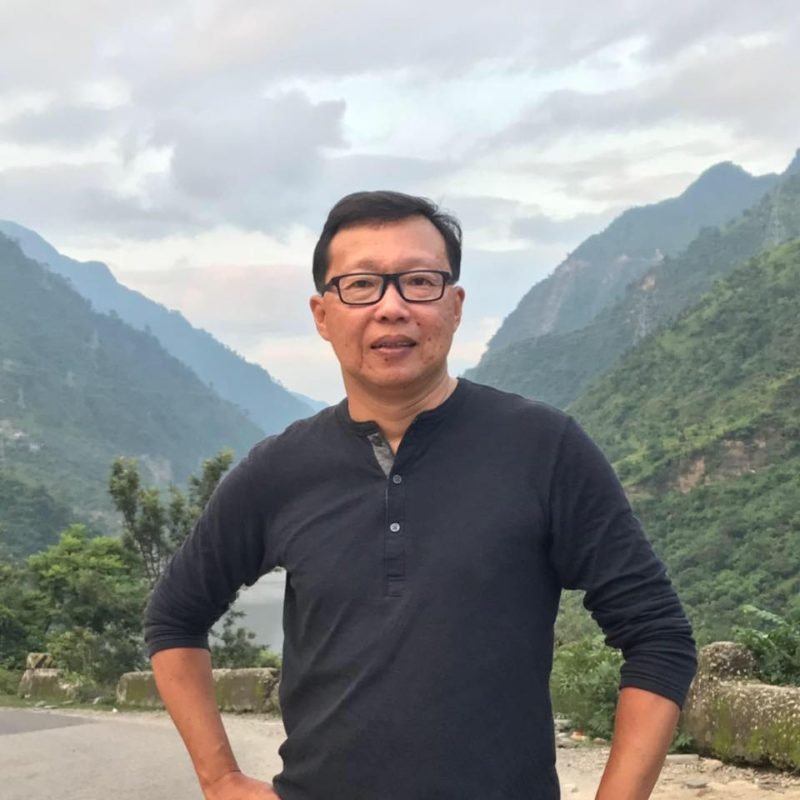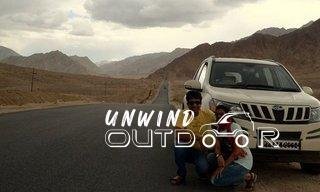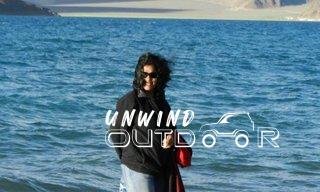Ladakh
12 Festivals of Ladakh that colour the region spectacularly
Festivals of Ladakh are a key attraction for travellers who love immersing themselves in the culture of a place. There is no better way to get a glimpse of the people loosening up and tossing aside their worries for the sake of merry-making. It is the perfect chance to sit next to them and interact with them while also being swept up in the joyous atmosphere.
The harsh conditions of a place like Ladakh, especially while it slumbers in the winter, make these festivals even more important in the lives of Ladakhis, as perhaps the only means of respite from their weary schedules. It gives them something to look forward to and while you’d never guess that these people had tough lives, judging by their broad smiles, there is no doubt that the gaiety during festivals is unmatched.
IMPORTANT FESTIVALS OF LADAKH –
HEMIS FESTIVAL
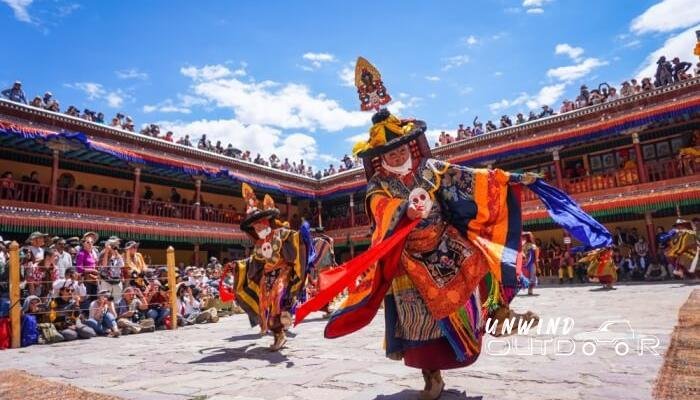
Highlights : The colourful attire worn by the Lamas, their masked ‘Cham’ dances and other sacred rituals make this festival really special. The local liquor – chang, is also freely distributed and consumed. The natives also showcase the local handicrafts, which can be purchased.
Where : Hemis Monastery
When : 30 June & 1 July
One of the most famous and popular festivals of Ladakh is the Hemis Festival. This two day festival celebrates the birth anniversary of Guru Padmasambhava. Held at the biggest monastery in Ladakh, locals assemble here dressed in their traditional and colourful clothes. The Lamas of the monastery dance in the courtyard and onlookers are just swept up in the colourful atmosphere.
LOSAR
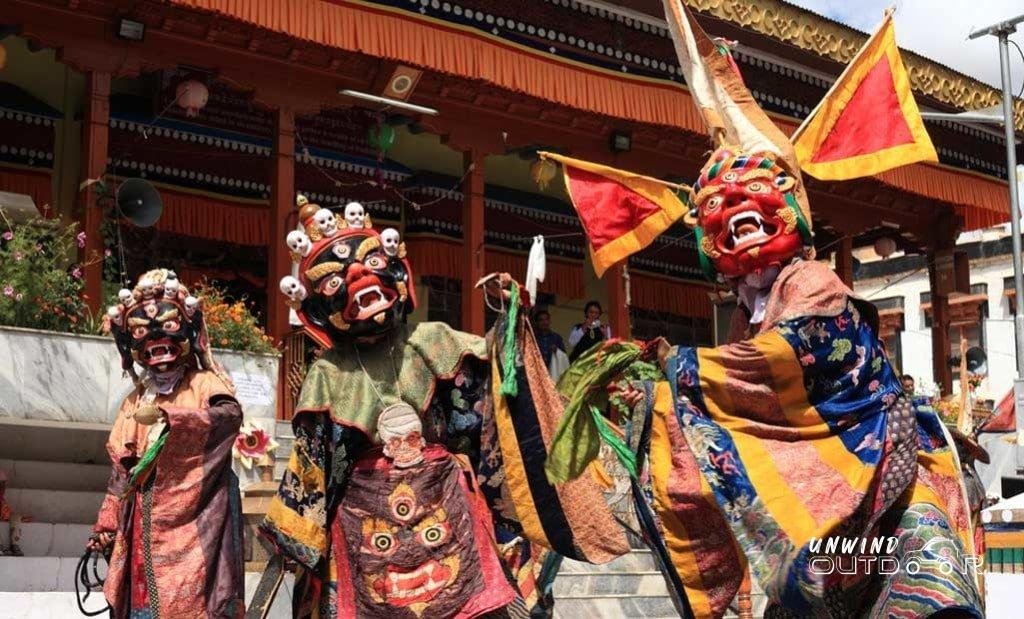
Highlights : The ibex deer dancing, chanting with blazing fire torches, stage fights between the good and the evil.
Where : All over Leh-Ladakh
When : 15 December
Marking the beginning of the New Year, the Losar festival is another very popular festival of Ladakh. This 15 day extravaganza starts from the beginning of the Lunar month, wherein locals make offerings to deities and participate in the various cultural performances that mark the victory of good over evil.
LADAKH FESTIVAL

Highlights : Cultural and musical performances, archery events, polo. It is truly a good glimpse of the culture of Ladakh
Where : Leh
When : 11-17 July
Ladakh festival is one of the best festivals to witness the cultural diversity of the different parts of Ladakh as people from all over the region assemble to showcase their performances. Different types of acts, dances and musical performances are conducted by the natives dressed in colourful costumes.
SINDHU DARSHAN
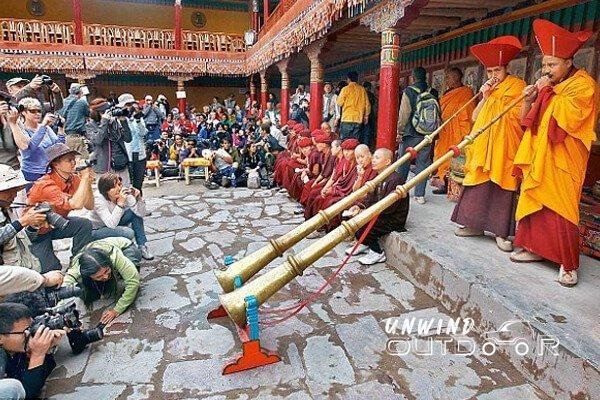
Highlights : Lamas commence the festival with calming chants while local artists from all around the country visit for performances. People from all over the world all bring water from their local rivers and submerge them in the Indus river as a mark of cultural harmony.
Where : Shey Manila
When : 12-14 June
Held on the banks of river Sindhu at Shey Manila, the Sindhu Darshan festival is an important festival of Ladakh. Celebrated on Guru Purnima, natives commemorate the brave soldiers who died to protect us while also celebrating the Indus River. A symbol of cultural harmony, people from all backgrounds and castes celebrate the festival.
TAK TOK FESTIVAL
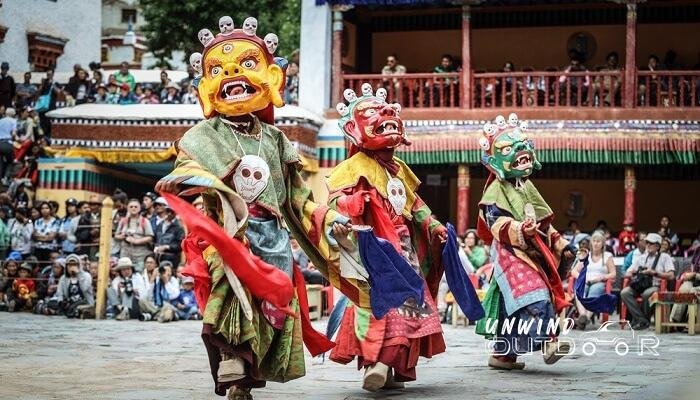
Highlights : The dance of the lamas, Cham dance and vibrantly dressed locals.
Where : Tak Tok Gompa, Leh
When : 8 & 9 July
The Tak Tok festival is celebrated in a cave at the Tak Tok Gompa. Held on the tenth day of the 5th Lunar Calendar month, this festival is a prime tourist draw due to its colourful and vibrant atmosphere. The one day event sees monks and locals dress up and there are Cham dances, performances and a lot of gaiety.
SAKA DAWA FESTIVAL

Highlights : The spiritual atmosphere with chanting and sadhanas.
Where : All over Ladakh
When : 5 June
The holiest Buddhist holiday, Saka Dawa celebrates the enlightenment of Lord Buddha. It is held in the fourth lunar calendar month and is generally celebrated on the new moon or full moon day. In accordance with Buddhist principles, there is no killing of animals or eating of meat during this time and animals are set free.
Also see
PHYANG TSEDUP FESTIVAL

Highlights : Exhibition of Buddhist artefacts and the teachings of Lord Buddha.
Where : Phyang Monastery
When : 18 & 19 July
A festival to commemorate the teachings of Lord Buddha as well as the worship of Jigten Gombo, the founder of Dringumpa Monastic Dynasty, the Phyang Tsedup sees monks wear colourful robes and perform the Cham dance.
STOK GURU
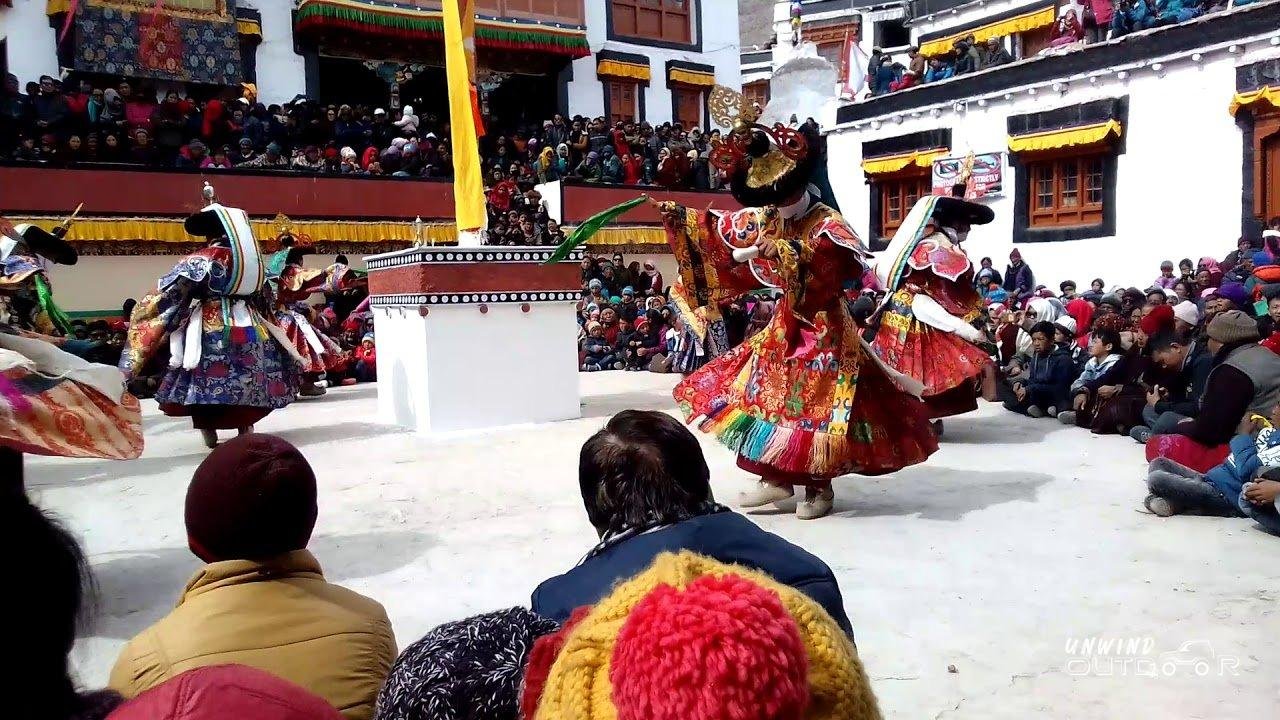
Highlights : The oracles chosen from common men who shower the village with their blessings and declare the prophecies for the year ahead.
Where : Stok and Spituk Monastery
When : 3 & 4 March
The Stok Guru festival is held in the first month of the New Year, in accordance with Guru Rinpoche’s birth anniversary. Held in the Stok Village that overlooks the mighty Indus and Stok Kangri range, this festival sees more participation of the common people than the other festivals. The regular Cham dances along with other performances are an inherent part of of the festivities.
YURU KABGYAT

Highlights : Demolition of a statue depicting evil and the masked dances
Where : Lamayuru Monastery
When : 18 & 19 June
The Lamayuru Monastery holds this vibrant festival in the month of July or August. Masked dances are performed with the same vigour as in the other festivals and Buddhist teachings prescribed through it. The dances are also performed to protect the people from natural calamities and epidemics.
THIKSEY GUSTOR

Highlights : The black hat dance and the reenactment by monks of Kind Lang Darma of Tibet.
Where : Thiksey, Spituk and Karsha Monasteries
When : 3 & 4 November
This two day festival starts with the chanting of Buddhist Sutras in the morning, after which the Gods are offered a drink. As per legend, on being offered the drink, the Gods come and watch the masked dance. A black hat dance is also performed, after which, a sacrificial cake is cut.
MATHO NAGRANG

Highlights : The two oracles chosen in advance, make an appearance after a month of meditation and solitude and give their predictions for the coming year.
Where : Matho Monastery
When : 8 & 9 March
Celebrated on the fifteenth day of the first lunar month of the year, Matho Nagrang is an important festival of the Sakya school of Buddhism. Similar to all other festivals, masked dances take place and monks are dressed in silk robes and masks of Ladakhi Gods and Goddesses.
DOSMOCHE
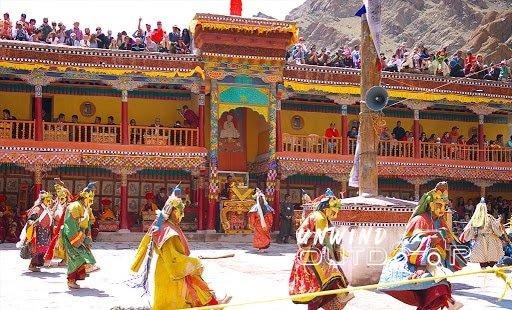
Highlights : The masked dances, rituals by Lamas.
Where : Leh, Likir Monastery, Diskit Monastery
When : 21 & 22 February
Started by the Royals of Ladakh, the Dosmoche festival is one of the most popular festivals of Ladakh. There are dramatic masked dances and Lamas from all over the region attend the festivities. Another mark of the victory of good over evil, this festival has many customs believed to ward off evil.
The festivals of Ladakh are similar in a lot of aspects but also different in terms of the rituals carried out. We strongly suggest that you attend one festival at least on your trip, if you love culture and interacting with locals. The festivals of Ladakh give an insight into their lives that will prove to be priceless.




